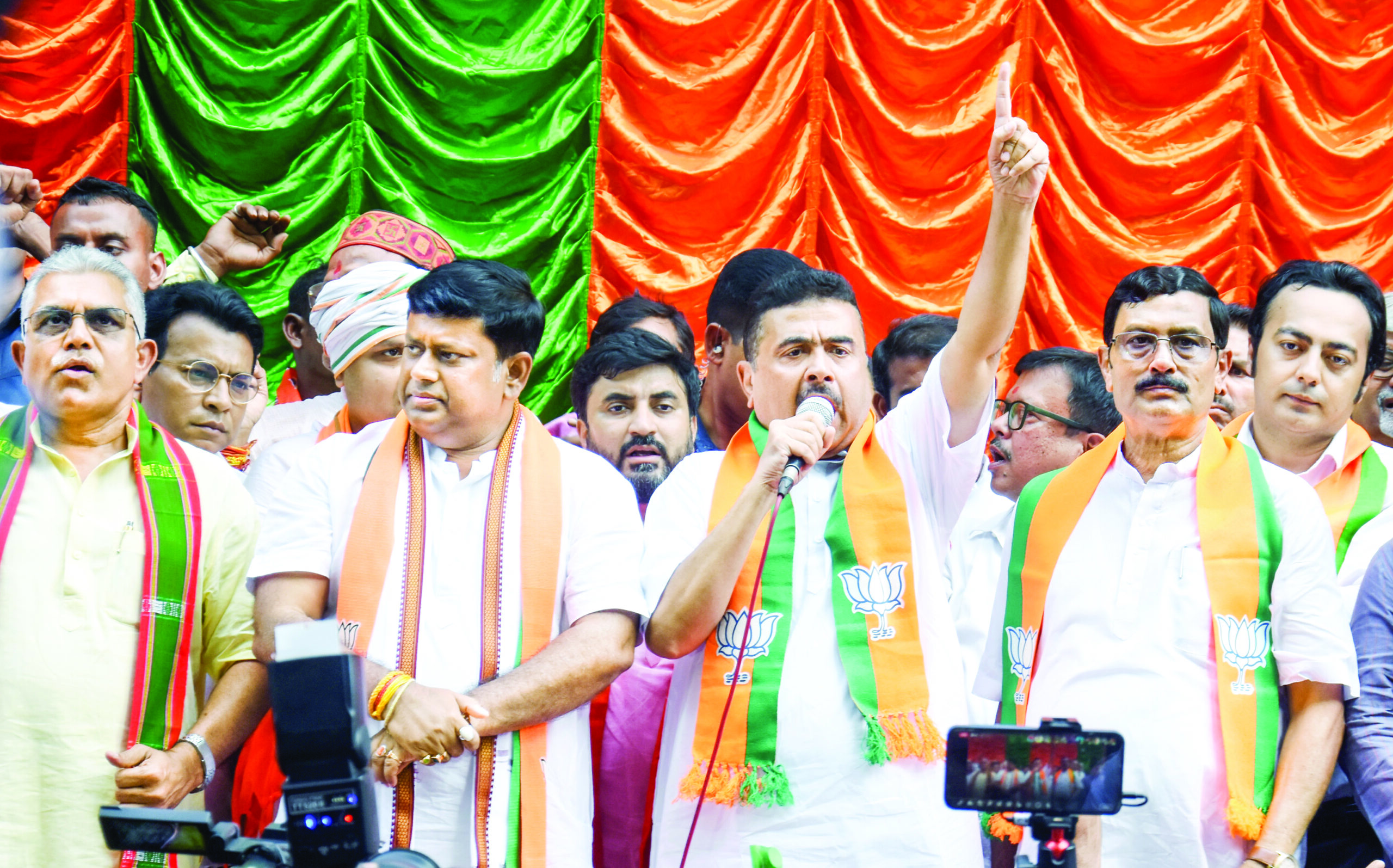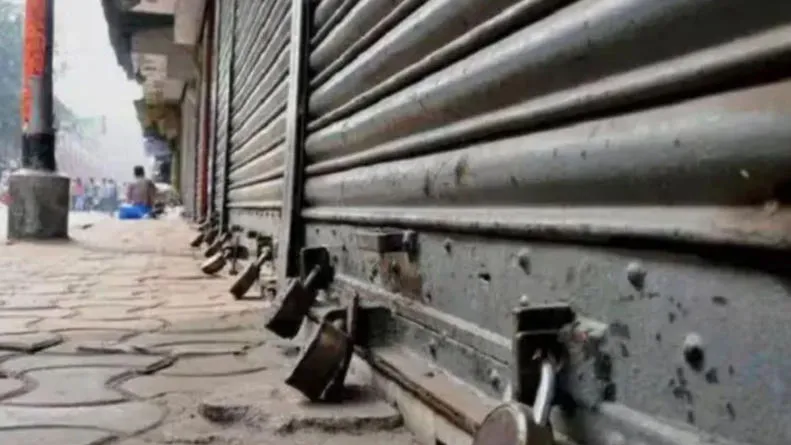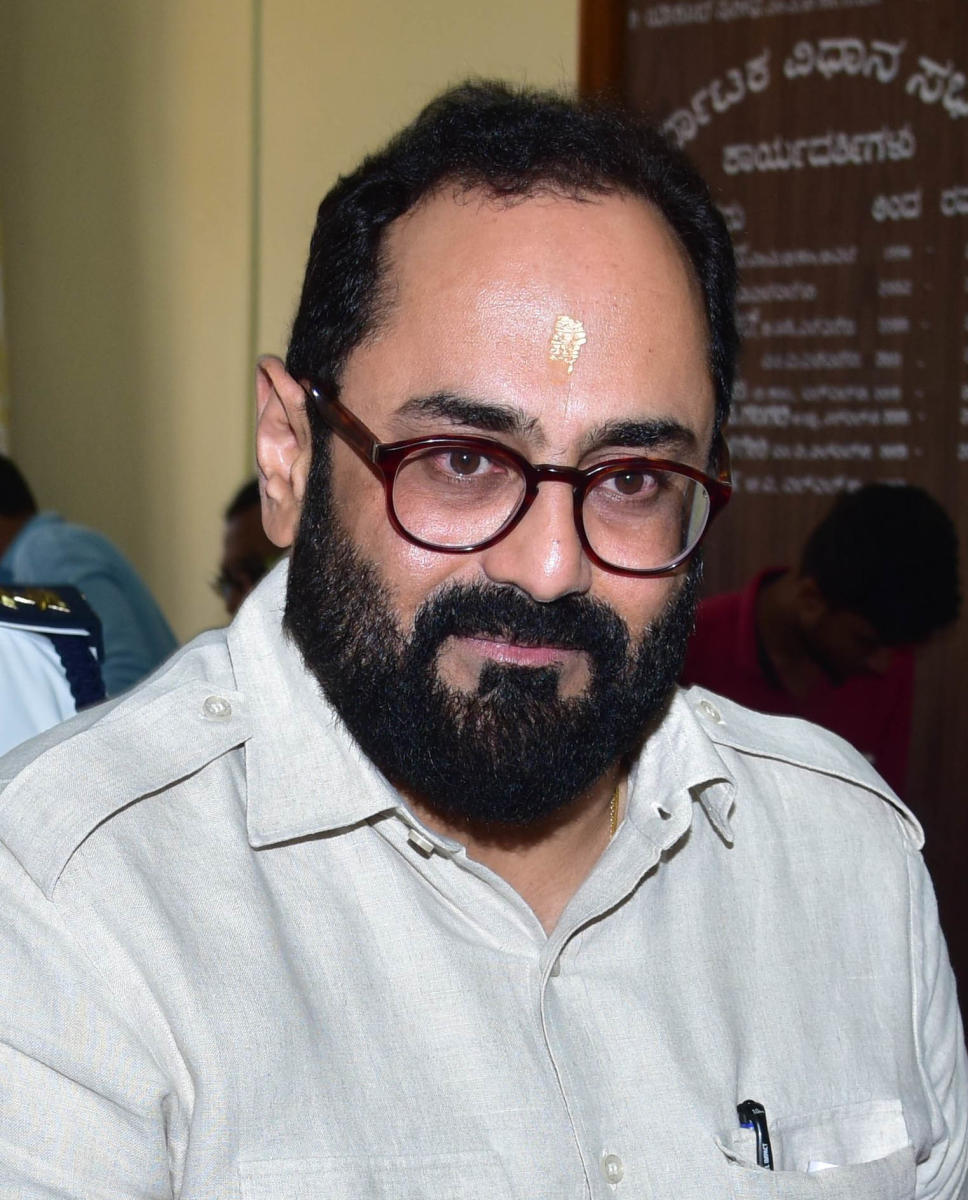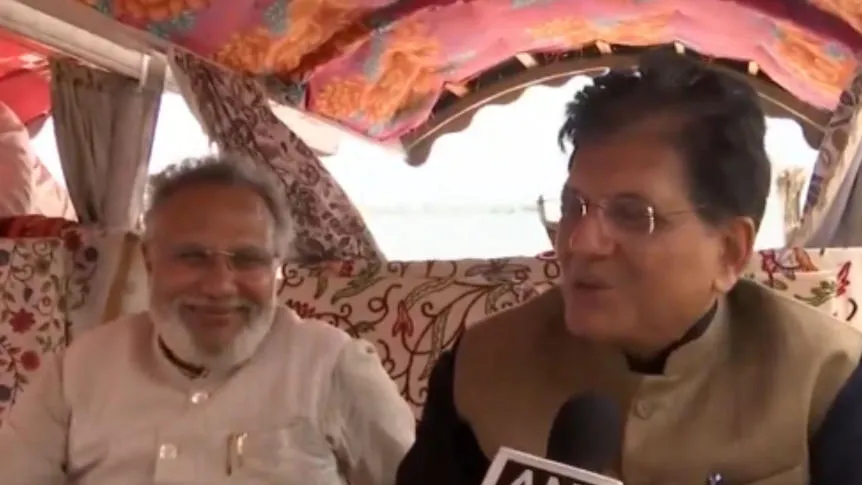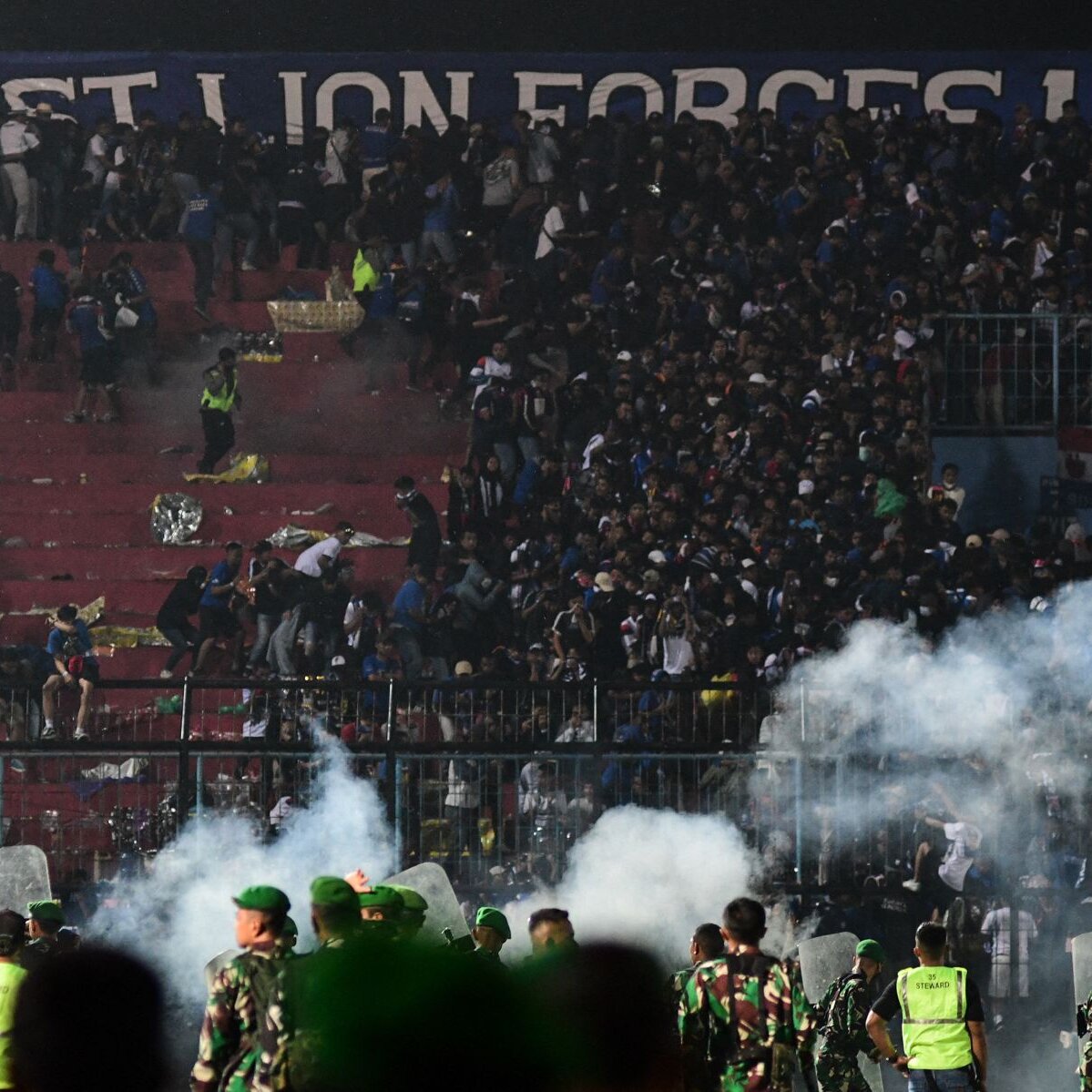BJP in West Bengal faces internal strife, with three factions competing for leadership and control.
NEW DELHI: The Bharatiya Janata Party (BJP) in West Bengal is currently grappling with an internal crisis, as the state unit finds itself fractured into several factions, each competing for authority and influence. According to party insiders and political experts, three distinct power centres are now steering the direction of the BJP in the state—a division that many believe is hindering the party’s ability to present a formidable opposition to the ruling Trinamool Congress (TMC).
Leading the first and arguably the most assertive faction is Suvendu Adhikari, the Leader of the Opposition in the West Bengal Legislative Assembly. Having made a highprofile switch from TMC to BJP just ahead of the 2021 state elections, Adhikari has steadily positioned himself as one of the key faces of the party in Bengal.
Sources within the party suggest that he is aiming for the role of state BJP president and is projecting himself as the most suitable candidate to lead the party into the 2026 Assembly polls. The second faction is built around former state BJP president Dilip Ghosh. Credited with delivering the party’s best-ever electoral performance in the state under his leadership, Ghosh continues to command significant loyalty among grassroots workers. His supporters are actively advocating for his return as state president. However, he appears to have been increasingly marginalised by the current leadership, with his noticeable absence from multiple recent party functions fuelling rumours of a widening internal rift.
The third and currently official power centre is Sukanta Majumdar, the incumbent state BJP president and Union Minister of State. Known for his close ties with the central BJP leadership, Majumdar’s camp continues to enjoy considerable clout within the organisation. As his term draws to a close, there is strong speculation that the central leadership may choose to either extend his term or retain him in the post until the next Assembly elections.
Observers and analysts argue that this fragmented leadership structure is proving detrimental to the BJP’s political effectiveness on the ground. “The party has missed several strategic opportunities due to its lack of unified direction,” remarked one senior political analyst. “The emergence of multiple power centres has not only created internal confusion but has also weakened the party’s organisational strength at the grassroots level.”
Both internal sources and external political commentators believe that unless the BJP’s national leadership steps in to settle the leadership disputes and establish a clear, united chain of command, the party risks squandering its momentum in the state and losing ground to the wellentrenched TMC. With the 2026 state Assembly elections approaching steadily, the focus will remain on how the BJP resolves these internal leadership issues and whether it can consolidate its ranks to mount a credible and cohesive challenge in West Bengal’s volatile political environment.

